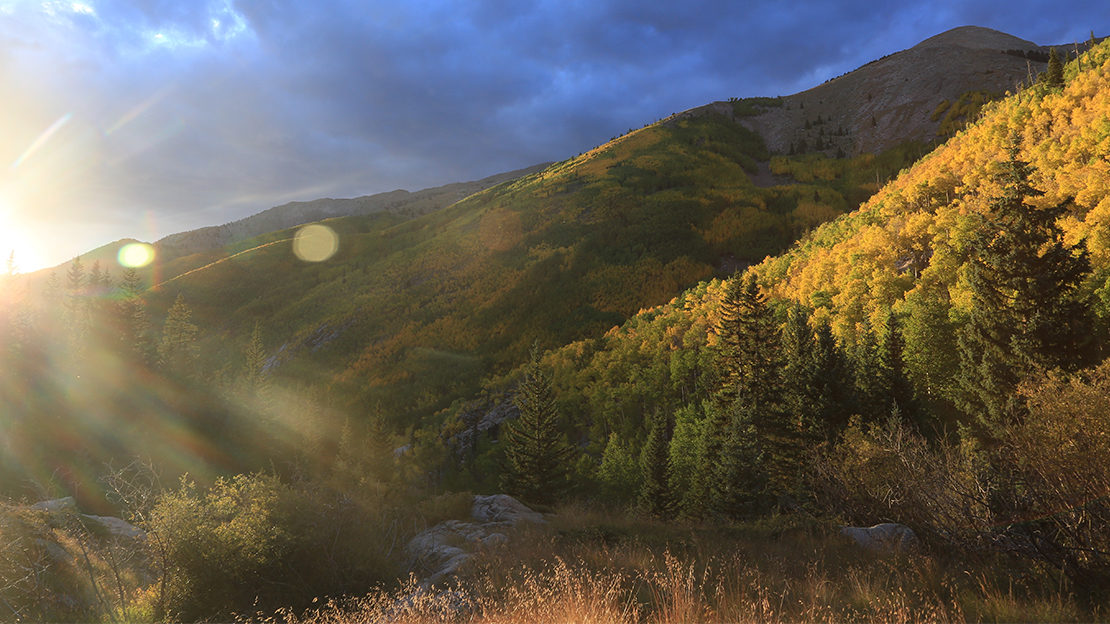
Justin Park
Contributor
Joined Jul 2020
I'm a Colorado-based hunter, forager, and gardener and a regular contributor to ThePrepared.
Discussions
Reply to: Getting started in gardening
Posted July 23, 2020
Reply to: Getting started in gardening
Posted July 21, 2020
Reply to: Getting started in gardening
Posted July 21, 2020
Reply to: Getting started in gardening
Posted July 21, 2020
No activity yet.
Reply to: Getting started in gardening
Posted July 23, 2020
Reply to: Getting started in gardening
Posted July 21, 2020
Reply to: Getting started in gardening
Posted July 21, 2020
Reply to: Getting started in gardening
Posted July 21, 2020